Konica Minolta Magicolor 4695MF Laser MFP Review
Konica Minolta Magicolor 4695MF Laser MFP
Simon takes a look at this heavy duty multifunction printer for a large office.
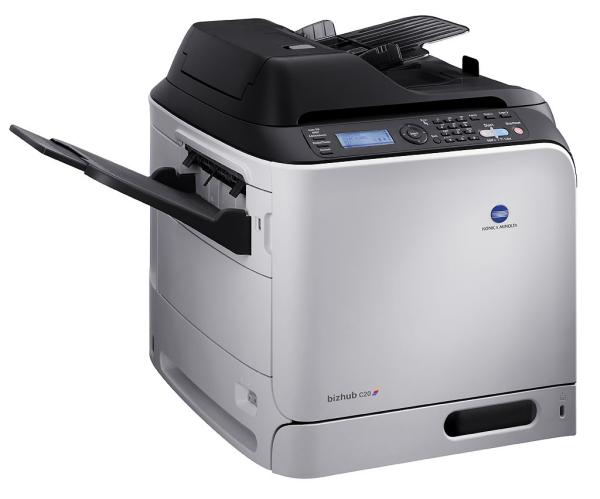
Verdict
Key Specifications
- Review Price: £820.90
A multifunction printer for a good size workgroup has to be robust and able to cope with a heavy duty cycle. Konica Minolta’s Magicolor 4695F is designed for this market and its spec sheet, at least, seems to offer all that’s needed.
At 55kg, the Magicolor 4695 is a substantial machine, with a very large footprint. Given the rest of its specification, it’s hard to see why it has to be this big and heavy. It’s styled like a photocopier, which fits with Minolta’s background as an office equipment maker. As well as the size of the machine itself, its output tray extends from the left-hand side and a multipurpose feed, of an additional 100 sheets of special media, folds down from the right.
The main paper tray takes paper in landscape mode, as the whole machine prints from side to side, like a copier, rather than front to back, like a printer. It has a capacity of just 250 sheets which, in a machine with a duty cycle of 120,000 pages, seems very small. You’re likely to need to restock it very regularly or, more likely, add an optional 550-sheet second tray.
A 50-sheet Automatic Document Feeder (ADF) sits on top of the heavily counterbalanced scanner lid and in front of this is a conventionally laid out control panel. Status information is displayed on a 4-line by 16-character, backlit LCD display and menus are navigated using a ring of four buttons with a central selection button. To the right of this is a number pad for Super G3 fax dialling, as well as function keys and others to start and stop a copy or scan job.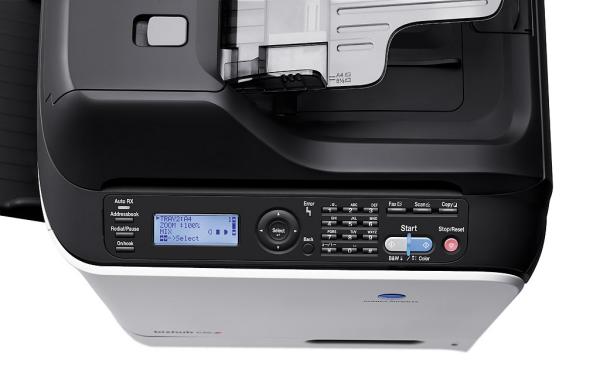
All the consumables are accessed from the front, once you’ve folded down the front panel. There are separate toner and drum units for each colour, as well as the fuser and transfer belt, though these are considered maintenance items, as they have service intervals of 120,000 pages.
A full copy of Nuance PaperPort is provided with machine, as well as Konica Minolta’s own application suite and drivers for both PCL 6 and Postscript Level 3. USB, Gigabit Ethernet and parallel ports are standard on the machine, though there’s no Wi-Fi. There is, though, a walk-up USB port, so you can print PDF, TIFF, JPEG and XPS files directly.
The Magicolor 4695MF is claimed to print at 24ppm in black or colour, but under our tests, in normal mode and include processing time, we saw 17ppm when printing black and a mere 4.6ppm in colour. These speeds are unimpressive on a machine aimed at the workgroup market and costing over £850.
Main test prints are all single-sided documents, but when we chose to print duplex, the speed fell to 4.3 slides per minute, or 2.1ppm. This is slow enough for people to ignore the greener and cheaper duplex option, because of the extra time such prints will take.
One oddity is when trying to print multiple copies of a duplex job with an odd number of sides. The Magicolor 4695MF doesn’t print a blank page at the end of each document, but runs them all together. On querying this with Konica Minolta, we were told the machine needs either a memory card or an internal hard drive, both options, before it can handle this ‘collation’. In an £850 machine, surely at least a memory card, or even firmware to add a page feed, should be included as standard.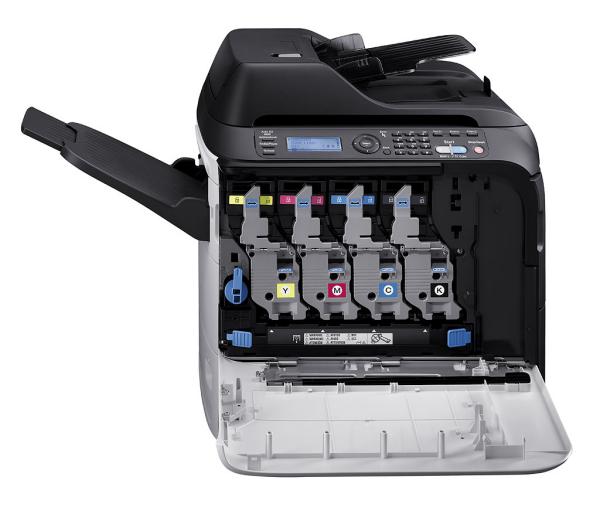
The only redeeming feature on the speed front is copying, where a single-page colour A4 copy took a reasonable 23 seconds and a five-page, black text copy from the ADF completed in an impressive 32 seconds.
Print quality from the machine is good, with sharp black text print and bright, attention-grabbing colours. Even colour photo images, not normally a laser’s strong point, printed well, with a reasonably large colour gamut and a good level of detail, some of which is undoubtedly due to Konica Minolta’s Simitri HD polymerised toner, said to have particularly good particle geometry.
Scanner quality, at a maximum resolution of 600dpi, is quite suitable for OCR and image scanning, and the results we saw were more than acceptable.
There are two capacities of toner cartridge: 4,000 and 8,000 pages, and the drum units only need replacing every 30,000 pages. With the comparatively long life of the fuser and transfer belt, print costs including a 0.7p paper cost come out at 1.4p and 7.6p for black and colour, respectively, during the first 120,000 pages. Beyond this, you have to include these maintenance parts as a running cost and black and colour page rates then rise by a further 1.1p per page. Either way, the costs are very good, with the black print cost being particularly low.
(B)Verdict(/B)
This big, bulky multifunction machine, designed around business photocopier principals, should be well capable of handling heavy workloads. It’s not nearly as quick as the spec sheet suggests, but is cheap to run and offers plenty of useful features, which should make office work that much more productive.
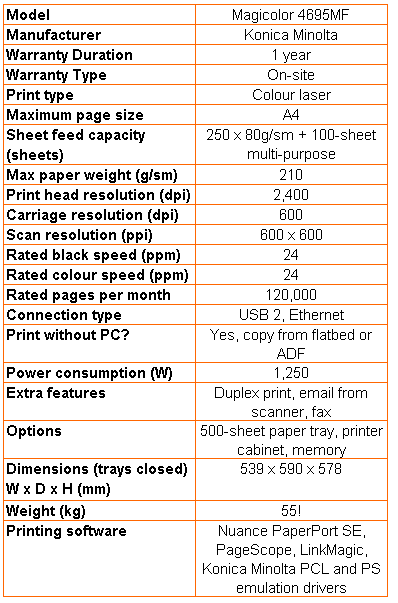
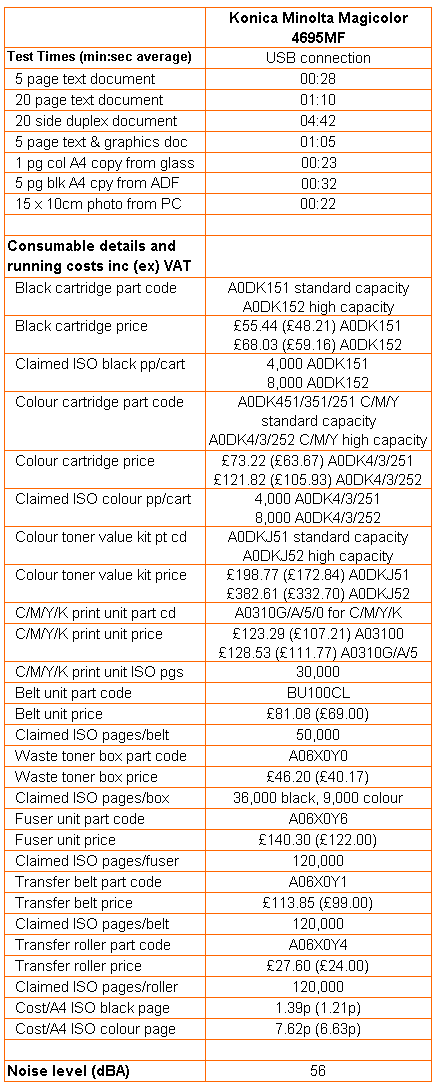
Trusted Score
Score in detail
-
Print Speed 6
-
Features 7
-
Value 7
-
Print Quality 9

